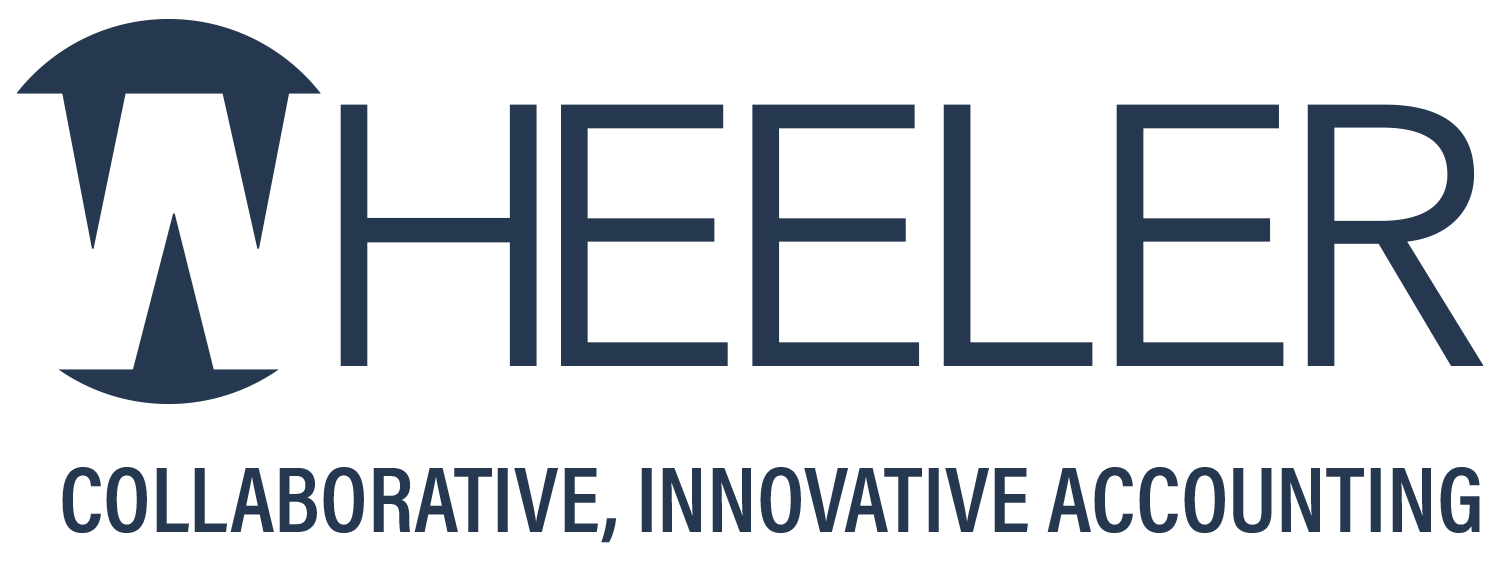by Natalie Nguyen
Depreciation is a key concept in accounting and finance, reflecting how an asset loses value over time due to factors like wear and tear, aging, or obsolescence. But did you know that depreciation also has significant tax implications? In this blog post, we’ll explore these tax aspects and their impact on businesses.
What is Depreciation?
Depreciation is the process of allocating the cost of a tangible asset over its useful life. It shows how companies account for the gradual loss of value in their assets.
Tax Deductions and Depreciation
For businesses, depreciation is considered an expense. Even though it’s a non-cash expense, it helps reduce taxable income. The IRS allows businesses to deduct this calculated depreciation from their corporate income taxes, which can significantly lower their tax liability and boost after-tax profits.
Bonus Depreciation
Bonus depreciation is a tax incentive that lets businesses accelerate deductions on “qualified property” in addition to regular depreciation when these assets are first put into use. This incentive encourages businesses to invest in new equipment.
Initially introduced through the Job Creation and Worker Assistance Act in 2002, this provision allowed businesses to deduct an extra 30% of the cost of eligible assets beyond the standard depreciation expense. In 2017, the Tax Cuts and Jobs Act increased the bonus depreciation rate to 100%. This rate started phasing out at the end of 2022, decreasing by 20% each year (80% in 2023, 60% in 2024, 40% in 2025, and 20% in 2026), with the provision set to expire by the end of 2026.
Eligible property for bonus depreciation includes depreciable assets with a useful life of 20 years or less, such as vehicles, furniture, manufacturing equipment, and heavy machinery. “Qualified improvement property” is also eligible for bonus depreciation.
Unfortunately, California does not conform to the federal bonus depreciation provision. While businesses can realize significant initial year tax savings at the federal level, they may find more tax savings at the state level in later years due to this lack of conformity.
Section 179 Deduction
As bonus depreciation phases out, small businesses can still leverage initial-year expensing through Section 179 of the Internal Revenue Code. Under Section 179, businesses can deduct the full purchase price of qualifying equipment bought or financed within the tax year, subject to certain limits and phase-outs. For the 2024 tax year, the federal deduction limit under Section 179 is set at $1,220,000, with a phase-out threshold starting at $3,050,000. For example, if a company purchases $1,000,000 in qualifying equipment before the end of 2024, it can deduct the entire amount from its gross income. However, if the purchase price reaches $1,500,000, it becomes subject to phase-out. Purchases exceeding $3,050,000 do not qualify for additional deductions and are handled using the standard depreciation method.
In California, the state conforms to Section 179 but caps the maximum deduction at $25,000 per year, phasing out completely when the total purchase price for the year exceeds $200,000.
Impact on Net Income
Since depreciation reduces taxable income, it also reduces the taxes a company owes, leading to a higher net income. However, it’s important to note that because depreciation is a non-cash expense, it doesn’t impact the company’s cash flow.
Understanding the tax implications of depreciation is crucial for businesses, as it can lead to significant tax savings and influence decisions regarding asset acquisition and disposal.
Photo Attribution:
MobiusDaXter, CC BY-SA 3.0, https://creativecommons.org/licenses/by-sa/3.0, via Wikimedia Commons










